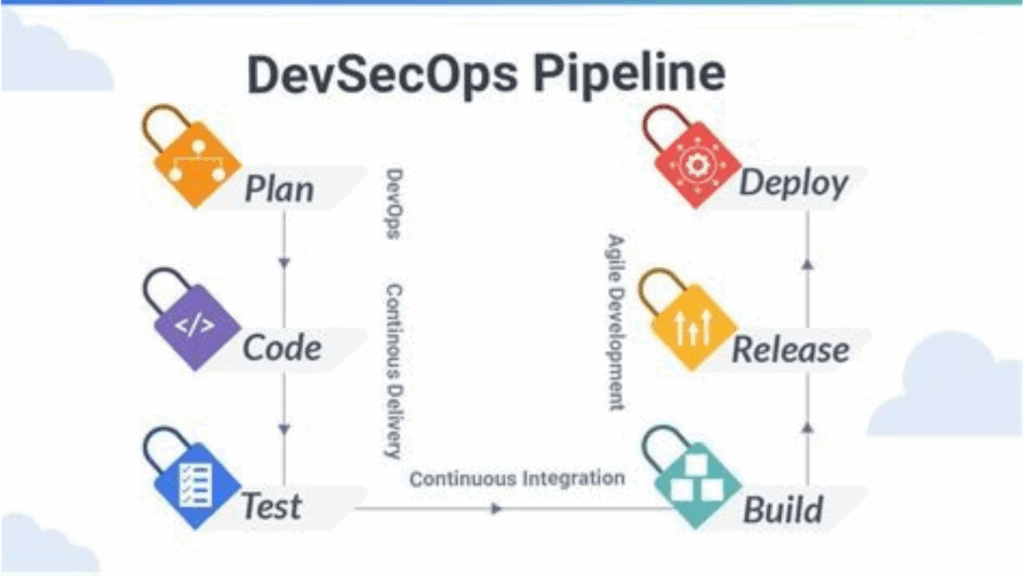The object-oriented testing process is gaining popularity because it is having benefits in analysis, design and coding. Conventional methods of testing can’t be applied for testing classes due to problems involved in testing classes, abstract classes, inheritance, dynamic-binding, message passing, polymorphism, and concurrency. Testing the classes may be different than testing the functions. A function has a clear input-output behaviour, while a class does not have an input-output specification. We can also test method of a class using the approaches for testing functions and we cannot test the class using these approaches.
The dependencies occurring in conventional systems are:
- Data dependencies between variables.
- Calling dependencies between modules
- Functional dependencies between a module and the variable it calculates.
- Definitional dependencies between a variable and its types.
In object oriented programs control flow is characterised by the message passing among all the objects, and therefore the control flow switches from one object to other, inter-object communication. We have no control flow within a class functions. The lack of sequential control flow within a class requires different approaches for testing. In object the state associated with the object also influences the path of execution and methods of a class which can communicate among themselves while this state is persistent across invocations of the method.
Techniques of Object oriented programming are:
- Fault based testing- This sort of testing verifies and permits for coming up with a test cases supported the consumer specification or code or both. It always tries to identify the possible faults and for all these faults a test case will be developed to “flush” the errors. This procedure does find the all types of errors. Anyhow incorrect specification and interface errors which will be missed. These type of errors can be uncovered by the function testing in any traditional testing model. In object oriented model, interaction errors will be uncovered by scenario-based testing.This form of object oriented testing which can be tested against the client’s specification .
- Class Testing based on the method testing- This is the simplest approach to test classes. Each method of class performs a well defined cohesive function and can therefore be related to unit testing of the traditional testing techniques, so the methods can be involved at least once to test the class.
- Random testing- It is supported by developing a random test sequence which tries the minimum variety of operations typical to the behaviour of the categories.
- Partition testing- This methodology divides the inputs and outputs of different category so as to check them severely. This will minimise the number of cases that have to be designed.
How it will work?
It works based on three strategies:
- Looking for base classes.
- By designing Test suite for each Base class for each method
- Testing the history associates each test case with the attribute it’s testing.
- Subclass test history will be derived from parents test history.
- Child test history is incrementally is updated to revert differences from the parent.

- The test history which understands which tests to execute for subclasses inherited attributes are retested. Attributes which require new test cases and also can be identified easily.






























8 Responses
Object oriented programming to test oops languages like Java and python. It is used for unit testing , it will test base classes , attributes and methods. Also tests inherited sub classes . Techniques of Object oriented programming are Fault based testing, Class Testing based on the method testing, Random testing, Partition testing
Object-oriented Testing
The object-oriented process of testing has increased popularity because of its benefits in analysis, design, and coding. It is explaining the difference between testing a function and testing a class and the difference approaches used to do this type of testing. Conventional testing method can’t be applied for testing classes because of its different type of classes.
In this document also explained techniques of object-oriented programing are
1. Fault base testing-
2. Class Testing based on the method testing
3. Class Testing based on the method testing
4. Class Testing based on the method testing
These techniques work on based on these strategies:
1. Looking for base classes.
2. By designing Test suite for each Base class for each method
3. Testing the history associates each test case with the attribute it’s testing.
4. Subclass test history will be derived from parent’s test history.
5. Child test history is incrementally updated to revert differences from the parent.
Object-oriented Testing
The object_ oriented process is increasing the popularity because of benefits in analysis, design and coding. It is also explaining the difference between testing a class and testing the function and deference approaches used to do this type of testing. Conventional methods of testing which can’t be applied for testing classes because of its different type of classes.
The dependencies occurring in conventional systems are:
• Data dependencies between variables.
• Calling dependencies between modules
• Functional dependencies between a module and the variable it calculates.
• Definitional dependencies between a variable and its types.
Techniques of object-oriented programming are:
1.Fault based testing
2. Class Testing based on the method testing
3. Random testing
4. Partition testing
These techniques work based on three strategies:
1. Looking for base classes.
2. By designing Test suite for each Base class for each method
3. Testing the history associates each test case with the attribute it’s testing.
4. Subclass test history will be derived from parent’s test history.
5. Child test history is incrementally is updated to revert differences from the parent.
Object Oriented Testing:
Object oriented testing method is used whenever a large scale system is designed. This is the type of testing in which the system is divided into small well defined units/modules which then be implemented separately. The object oriented testing can be classified as like conventional systems. These are called as the levels for testing.
There are different types of techniques in object oriented testing like
• Fault based testing
• Class testing based on the method testing
• Random testing
• Partition testing
This testing works based on 3 strategies.
Object oriented testing is popular because of its benefit in design, analysis and coding .
Testing classes is a fundamentally different then testing functions .A function has a clearly defined input-output behavior, while a class does not have an input-output behavior specification.
The object oriented process of testing can be used depend from different message.
Techniques used in Object oriented testing are:
1.fault based testing
2.class testing
3. random testing
4. partition testing
Object-oriented Testing
The object_ oriented process is increasing the popularity because of benefits in analysis, design and coding. It is also explaining the difference between testing a class and testing the function and deference approaches used to do this type of testing. Conventional methods of testing which can’t be applied for testing classes because of its different type of classes.
The dependencies occurring in conventional systems are:
• Data dependencies between variables.
• Calling dependencies between modules
• Functional dependencies between a module and the variable it calculates.
• Definitional dependencies between a variable and its types.
Techniques of object-oriented programming are:
1.Fault based testing
2. Class Testing based on the method testing
3. Random testing
4. Partition testing
These techniques work based on three strategies:
1. Looking for base classes.
2. By designing Test suite for each Base class for each method
3. Testing the history associates each test case with the attribute it’s testing.
4. Subclass test history will be derived from parent’s test history.
5. Child test history is incrementally is updated to revert differences from the parent.
The object oriented process of testing, is gaining popularity because it is having benefits in analysis, design and coding. Conventional methods of testing which can’t be applied for testing classes due to problems involved in testing classes, abstract classes, inheritance, dynamic-binding, message passing, polymorphism, concurrency. Testing the classes may be different than testing the functions. A function has a clear input-output behaviour, while a class does not have an input-output specification. We can also test method of a class using the approaches for testing functions and we cannot test the class using these approaches.